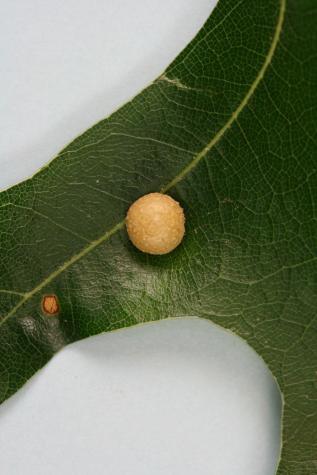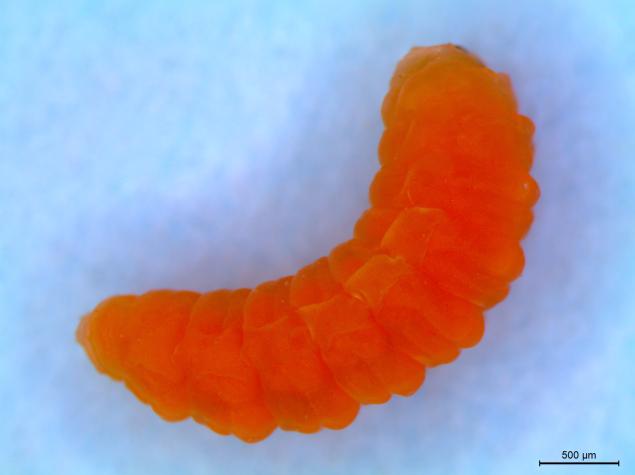COLUMBIA, Mo.– Those unsightly round, brown growths seen on oaks this time of year won’t harm the tree, says a University of Missouri Extension fruit specialist.
It has been a “banner year for galls” on oak, hickory, chestnut and walnut trees, says Michele Warmund, extension horticulturist and professor of plant sciences at the MU College of Agriculture, Food and Natural Resources.
Insects started inducing galls on trees this spring, when unseasonably warm temperatures may have intensified the number of galls.
Warmund received numerous inquiries from property owners who wanted to know if they should cut trees or spray insecticides to get rid of the galls.
Her advice is simple: “Do nothing. Just sit back, relax and enjoy them. Mother Nature will probably take care of them as leaves drop and insects seek shelter underground during the winter.”
Warmund has been collecting galls from foliage since April. “Galls are fascinating and they can be absolutely beautiful,” she said.
When dissected and examined under a high-magnification microscope, they are colorful and varied in shape and size. Galls are magenta or red during the spring and summer and then become brown and crusty in the fall.
The images are so stunning that one of her gall photos recently received honorable mention among 2,000 entries from 70 countries in an international competition.
Galls are caused by a gall midge, Polystepha pilulae, which looks like a long-legged fly. Galls are ready to burst in autumn, when one or more bright orange larvae emerge.
Midges have a structure on their underside called a spatula, which is used to bury larvae into the soil, where they will pupate in winter. In the spring, adults will emerge, lay eggs and start the cycle over again.
Jack Dobey, a junior at Hickman High School at Columbia, worked with Warmund and other members of Boy Scout Troop 702 to build 12 insect-rearing boxes that contain galls covered with soil and leaves. Dobey’s Eagle Scout project allows Warmund to research temperatures the galls can withstand and study the life cycle of the larvae.
Warmund said larvae she collected from galled leaves survived for three days in freezers running at 20 degrees Fahrenheit.
Her research recently led to the discovery of two new species of mites that cause galls on elderberries. One species, found at Mount Vernon, Mo., causes leaf-rolling galls. The other, found in Hartsburg, causes leaf puckering on elderberry plants. She will get to name both species of mites.
Warmund has also been studying the Asian gall wasp, an insect that has not come to Missouri yet but would be devastating to chestnut growers. She also is researching how insects change plant cells and form galls on black walnut and hickory trees.

